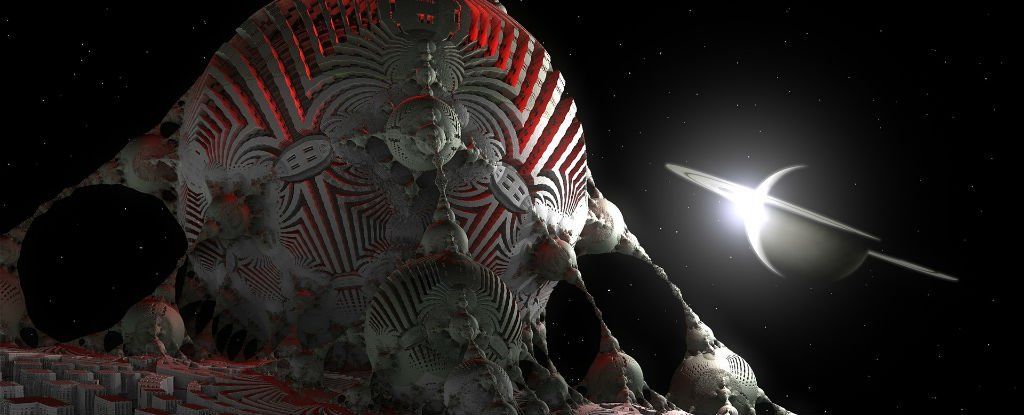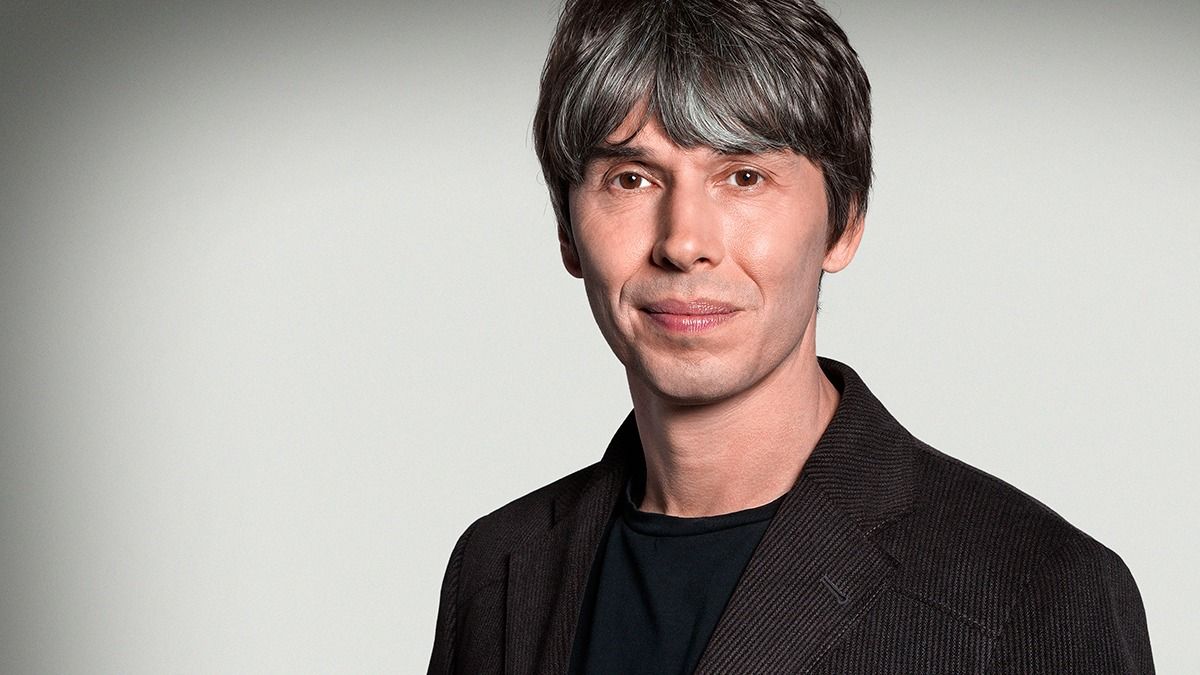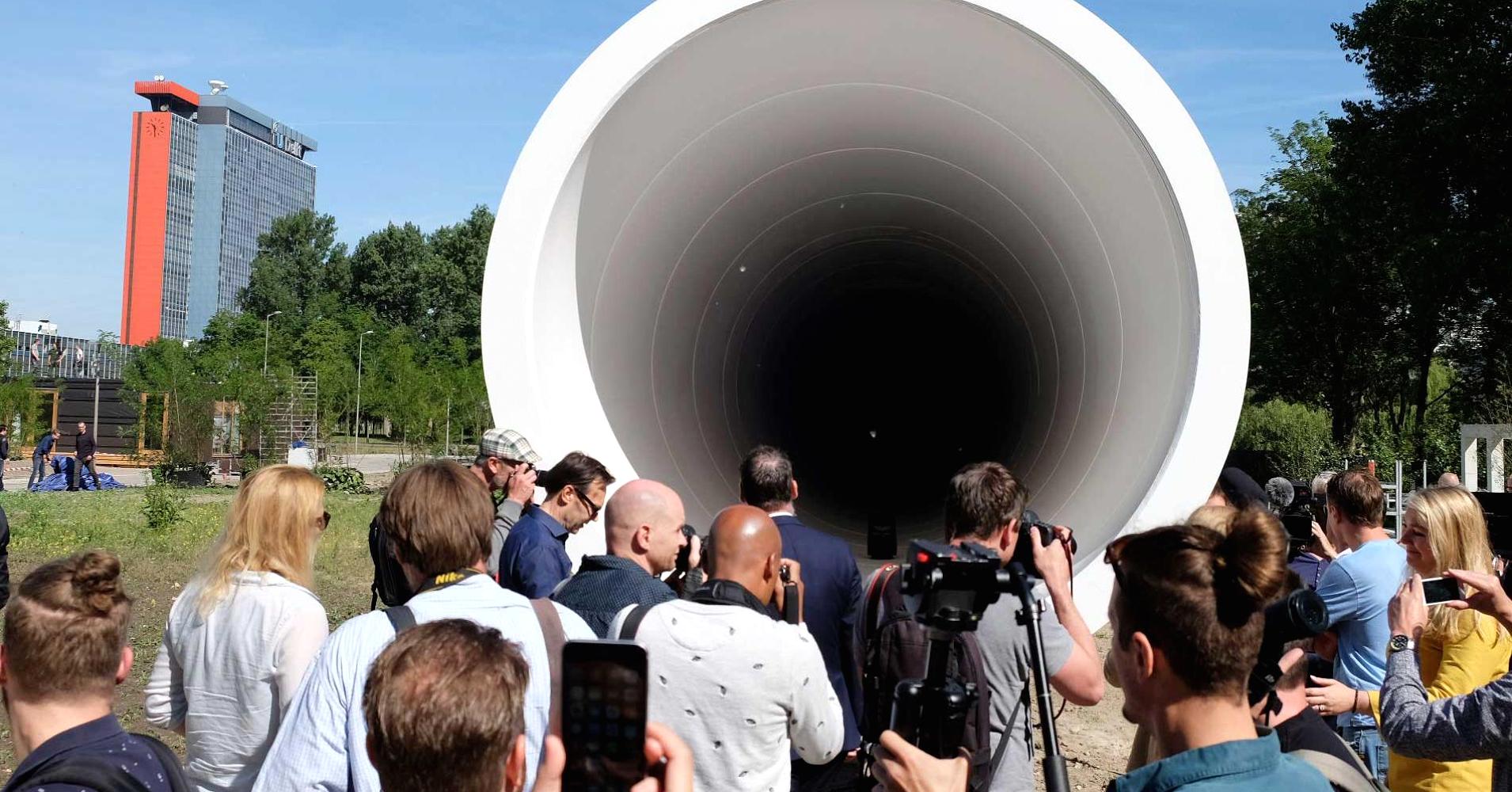Hardt is redefining global mobility with on-demand high-speed transportation for everyone. We are Europe’s leading company developing a system like hyperloop to bring you anywhere at anytime.



As the Fermi paradox states, the Universe is a vast, unknowable space, filled with trillions upon trillions of potentially habitable planets, so… where are all the aliens?
In the latest attempt to solve this conundrum, a trio of researchers have suggested that advanced alien civilisations have gone into self-imposed ‘hibernation’ — waiting for a future where the Universe is far colder than it is now, which would facilitate the kind of processing power we could only ever dream about.
A new paper written by Oxford neuroscientist and AI expert, Anders Sandberg and Stuart Armstrong, together with Milan Ćirković from the Astronomical Observatory of Belgrade, Serbia, argues that civilisations far more advanced than us could have conceivably explored a big chunk of the Universe already, and are now waiting for a better time to be alive.

You can watch the entire 24-hour broadcast right here: http://asteroidday.org/live | View the full schedule, here.
Asteroid Day LIVE Speakers from Luxembourg
Time is running fast! There’s officially only one month left until Asteroid Day 2017 and our live broadcast programme is taking clear forms. The schedule is set, the outline drafted, a studio set being built and most of the speakers confirmed. Here’s our rundown of whom you can expect during the 6 hours live from Luxembourg on June 30th from 12 – 6 PM (Berlin time / UTC+2). This line-up in addition to the many guests and speakers over the course of the 24-hour-live-broadcast during the other programme slots by our partners at ESA, JAXA, NASA, the University of Arizona and many others.

A Dutch tech startup and a construction company on Thursday unveiled a Hyperloop test facility, a steel tube that will be used to help develop the futuristic high-speed transportation system.
It is a first step toward developing the system in the Netherlands, a key European transportation transport hub, and beyond.
“It’s our goal to let it be available for the daily commuter,” said Tim Houter, CEO of Hardt Global Mobility, which is working on the project with construction company BAM. He described the concept as “a sort of on-demand, high-speed transportation system for everyone.”

Therapist and author Esther Perel explores our ‘existential aloneness’ in this film. Much as technology continues to open new doors for connection, the rapid cultural changes of the past 100 years allow us to choose the sort of life we wish to live. We make our most important connections by choice instead of having them mandated to us by tradition. But as is the case with technology, sometimes it isn’t clear if we are primed to use these new opportunities to build more fulfilling lives or simply to frustrate ourselves, building a world where more people feel alone.


Implants, transhumanism, & the US Navy in this new article: http://akashictimes.co.uk/brits-line-up-to-be-microchipped/ #transhumanism #implants
Is this the mark of the beast?
A growing number of people in the UK are getting microchipped, according to new findings.
The BBC recently featured video stories from a number of people – some of them from Leeds – who call themselves “bio-hackers”.
One lady known only as ‘Holly’ said she had a microchip implanted in her hand, which goes into her Facebook Art Page to use as a “digital business card”.
This $32 box is the cheapest AR setup available.